
News Goggles: Covering a newsworthy trial
In this edition of News Goggles, let’s look at the trial of Derek Chauvin, a former Minneapolis police officer
Looking for classroom resources? NLP’s resource library includes lesson plans, classroom activities, posters and infographics, quizzes, training materials and videos for educators teaching news literacy.
In this edition of News Goggles, let’s look at the trial of Derek Chauvin, a former Minneapolis police officer


In this edition of News Goggles, let’s examine how some news organizations label updates and show transparency in their


Journalists sometimes speak their own language. It can be hard to keep track!
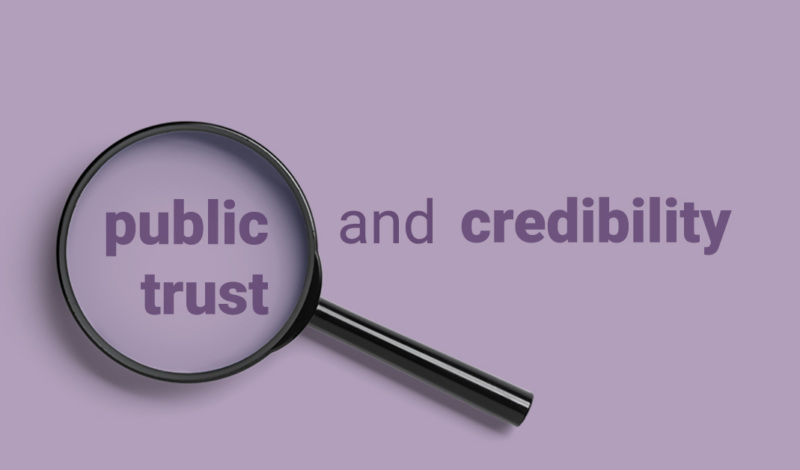

In this edition of News Goggles, let’s examine the controversy over CNN host Chris Cuomo’s coverage of his brother,


This poster features five reasons that people fall for conspiracy theories.
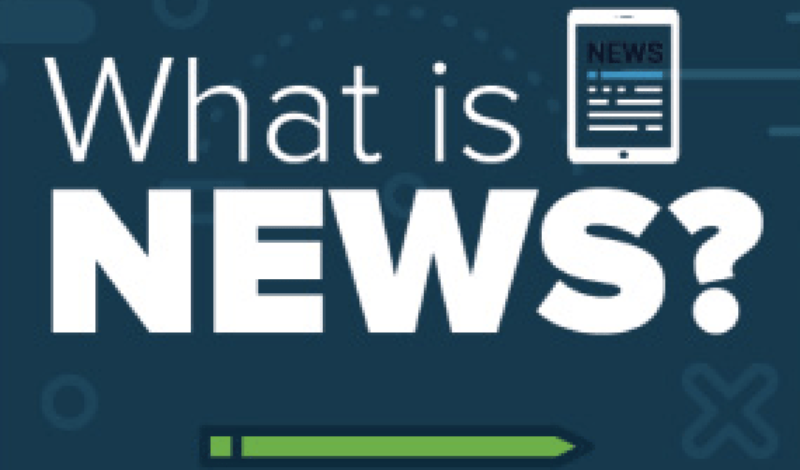

From sporting events to breaking news, many stories compete for journalists’ attention.
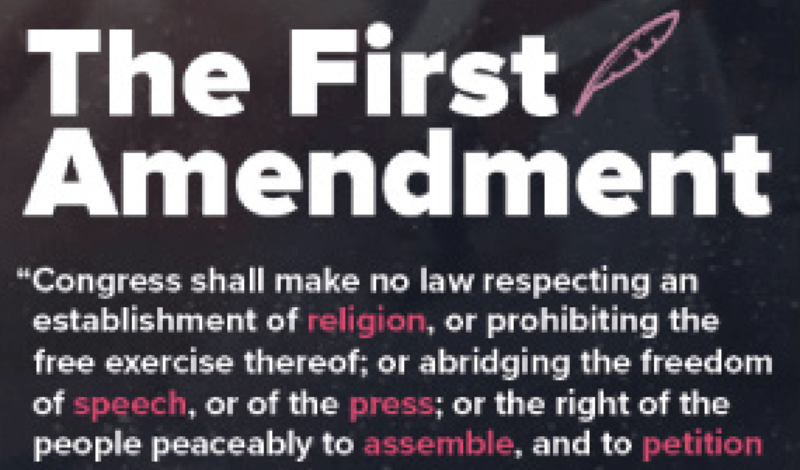

This poster helps remind students of the five freedoms protected by the First Amendment.


Reasoned arguments based on facts and evidence are an important part of civic discourse.
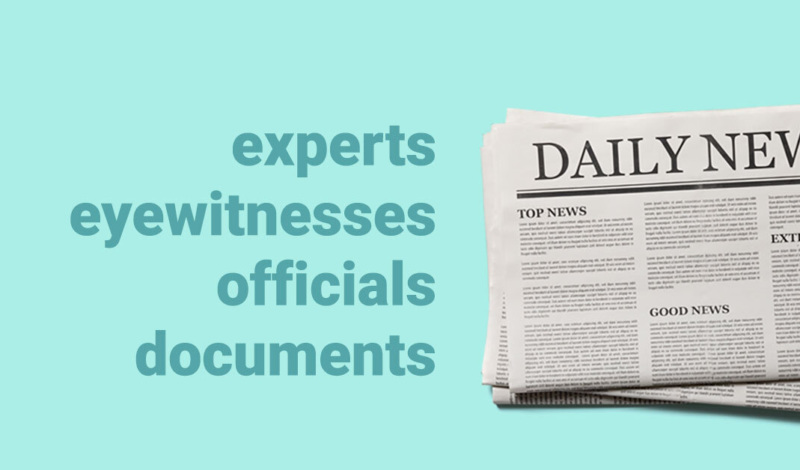

In this edition of News Goggles, let’s take a look at the use of quotes in several stories on the deadly


You can’t always assume that a story published by a news organization was also written by that news organization.


Misinformation is always problematic, but when it appears alongside family updates on social media, it can be especially frustrating.


Let’s examine how news organizations chase and verify scoops. Grab your news goggles. Let’s go!


Let’s examine several news reports and consider how different news organizations handled corrections.


How do journalists report stories when a key source is unavailable or unwilling to share their perspective publicly? Grab


In this lesson, students learn about the vital role the First Amendment protections of free speech.


In this edition of News Goggles, we’re going to examine sourcing and the use of hyperlinks in news reports


Let’s consider the differences between news and opinion as well as the role of an editorial board at a
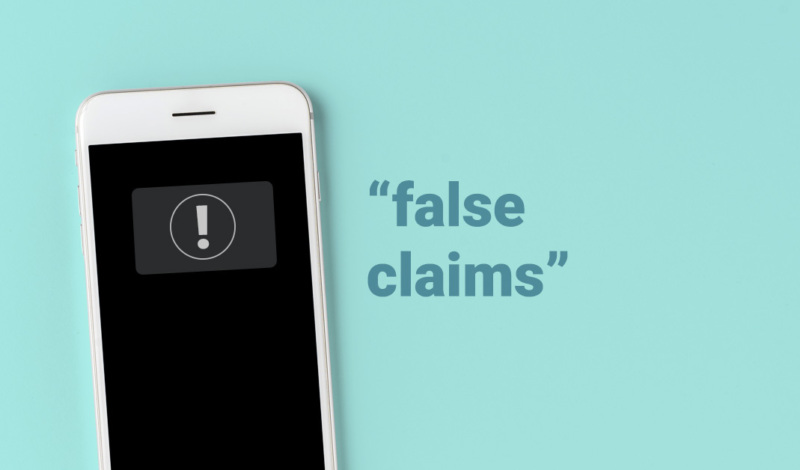

Let’s take a closer look at word choice and framing as we consider how these factors shaped some news


In this edition of News Goggles, we’re going to compare three headlines and examine different approaches by news organizations


In this edition of News Goggles, let’s examine the controversy at the Bee by comparing two news reports.


In this edition of News Goggles, let's examine the ongoing debate over The New York Times Magazine’s award-winning 1619 Project.


This is a guide for educators to use with the feature-length documentary “TRUST ME."
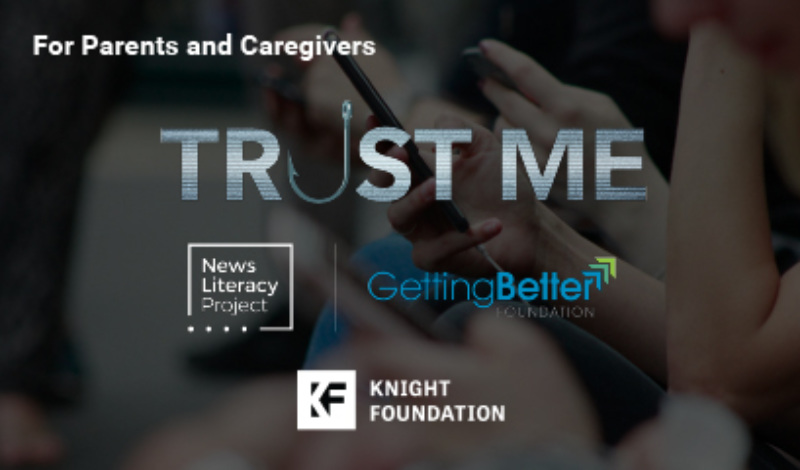

This guide is intended for parents and caregivers to aid in discussing the feature-length documentary “TRUST ME."


Let's examine an editor’s note published online on Sept. 27, 2020, that accompanied a New York Times investigation into President Donald Trump’s taxes and


Let’s use our news goggles to examine news alerts and consider what factors shaped their wording in journalists’ efforts


In this edition of News Goggles, we’ll take a closer look at the use of records alongside elements of


In this edition of News Goggles, let’s turn our gaze to a key standard of quality journalism — sourcing.


Quiz: How much do you know about social media platforms’ misinformation policies?


In this lesson, students learn how to categorize information by determining its primary purpose.


With this poster, students are introduced to seven standards of quality journalism and their descriptions.


The poster provided in this resource introduces students to five types of possible bias in straight news coverage.


The poster provided in this resource introduces students to five types of misinformation.


Misinformation comes at us every day, across many platforms and through a variety of methods.


Misinformation swirling around the COVID-19 pandemic underscores the importance of consuming and sharing online content with care.


In this lesson, students use four key criteria to explore how journalists determine which events to cover.


This poster was adapted from the InfoZones lesson on our Checkology® virtual classroom.


The best way for you to help reduce misinformation online is to avoid sharing it.


So, do you think the First Amendment to the U.S. Constitution is important? We hope so.


Test your ability to determine whether this information about COVID-19 is news or opinion.


In this classroom activity, students select an event or issue in the news that interests them.



